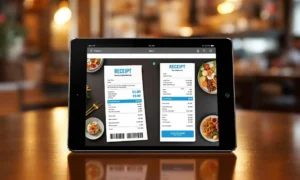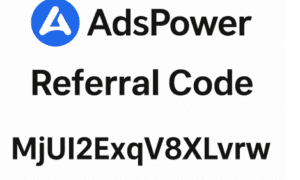The ever-growing needs in the modern, rapid digital world have subjected business organisations to extreme pressure to control operational costs, streamline operations, and secure financial data. Conventional payment systems such as paper checks and physical cards cannot satisfy these needs. Introduce instant virtual cards, a superb solution not only for individuals but also for companies trying to make money management smarter.
This tutorial will discuss the advantages of instant virtual cards to businesses and why it has become a must-have in finance.
What Are Instant Virtual Cards for Businesses?
A virtual instant business card (sometimes referred to as a virtual business card) is the digital version of a business debit or business credit card that can be generated online within seconds. Rather than have several physical cards, employers can create exclusive virtual cards for employees, departments, or a particular expenditure type.
- Every card is issued with:
- A special 16-digit card number
- Expiration date
- CVV code
- Spending limits and merchant restrictions
Key Benefits for Businesses
- Expense Management
Companies are able to provide instant virtual cards to their employees to offset traveling expenses, subscription costs, or project bills. The tracking of each transaction is done in real time, giving it a high degree of transparency.
- Enhanced Security
Virtual cards safeguard the main bank account of the company because they keep the card information to themselves. A card can be frozen or removed within a second if it has been damaged.
- Control Over Spending
Businesses could have a limit per card so people could not overspend or buy something and avoid paying the bill. An example is a marketing department that will receive a virtual card with a limit of USD 2,000 to be used for advertising.
- Simplified Vendor Payments
It does not involve wiring money or exchanging bank account details; businesses can make payments to suppliers and freelancers using a virtual card. This process is less time-consuming, safer, and traceable.
- Better Subscription Management
It is common in businesses to subscribe to several SaaS tools. Virtual cards enable every subscription to be linked to a unique card so that cancellations can be made easily and without having to endure unwanted purchases.
Real-World Examples
- Startups: Issue immediate virtual cards to co-workers for office items or travel.
- Agencies: Issue a virtual card to each client project to gain proper control over expenses.
- E-commerce companies: Utilize virtual cards to spend on ads on various media, including Facebook and Google.
Best Practices for Businesses Using Virtual Cards
- Create customised cards for different suppliers and employees.
- The control of expenditure limits is used to regulate the budget allocation.
- Following transactions in real-time via the dashboard of the provider.
- Audit cards regularly and remove those that you are not using now and then.
- Select a partner with fraud protection and reporting capabilities.
Conclusion
Instant virtual cards are becoming more than just a convenient option for consumers- it is a corporate tool. They make expense management simple and guard against fraud by providing control, transparency, and security.
No matter what type of business you are, a start-up, a freelancer agency, or a big corporation, the use of instant virtual cards will save your valuable time in addition to the risk and help you have more financial freedom in the age of digital payment.



































